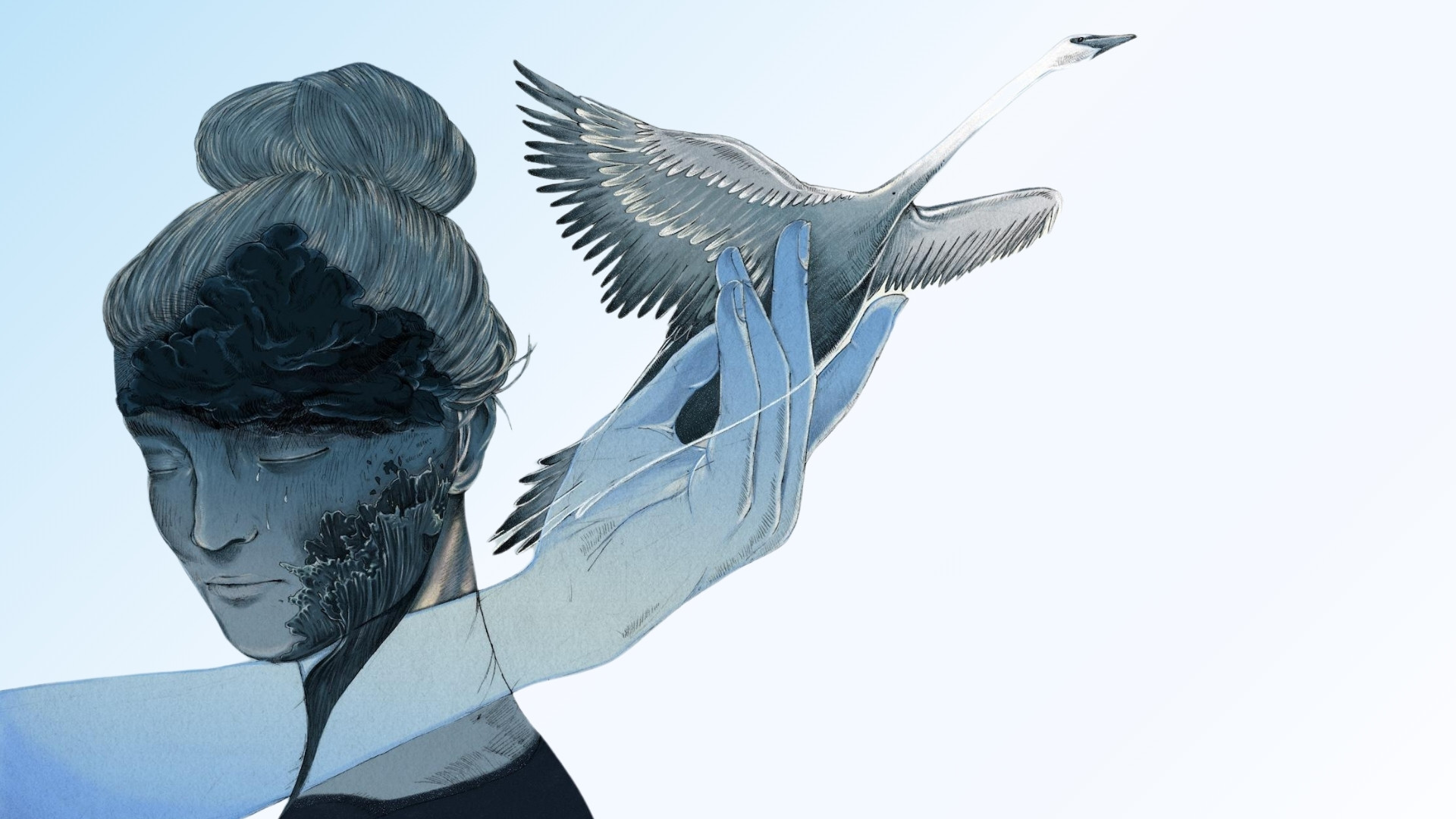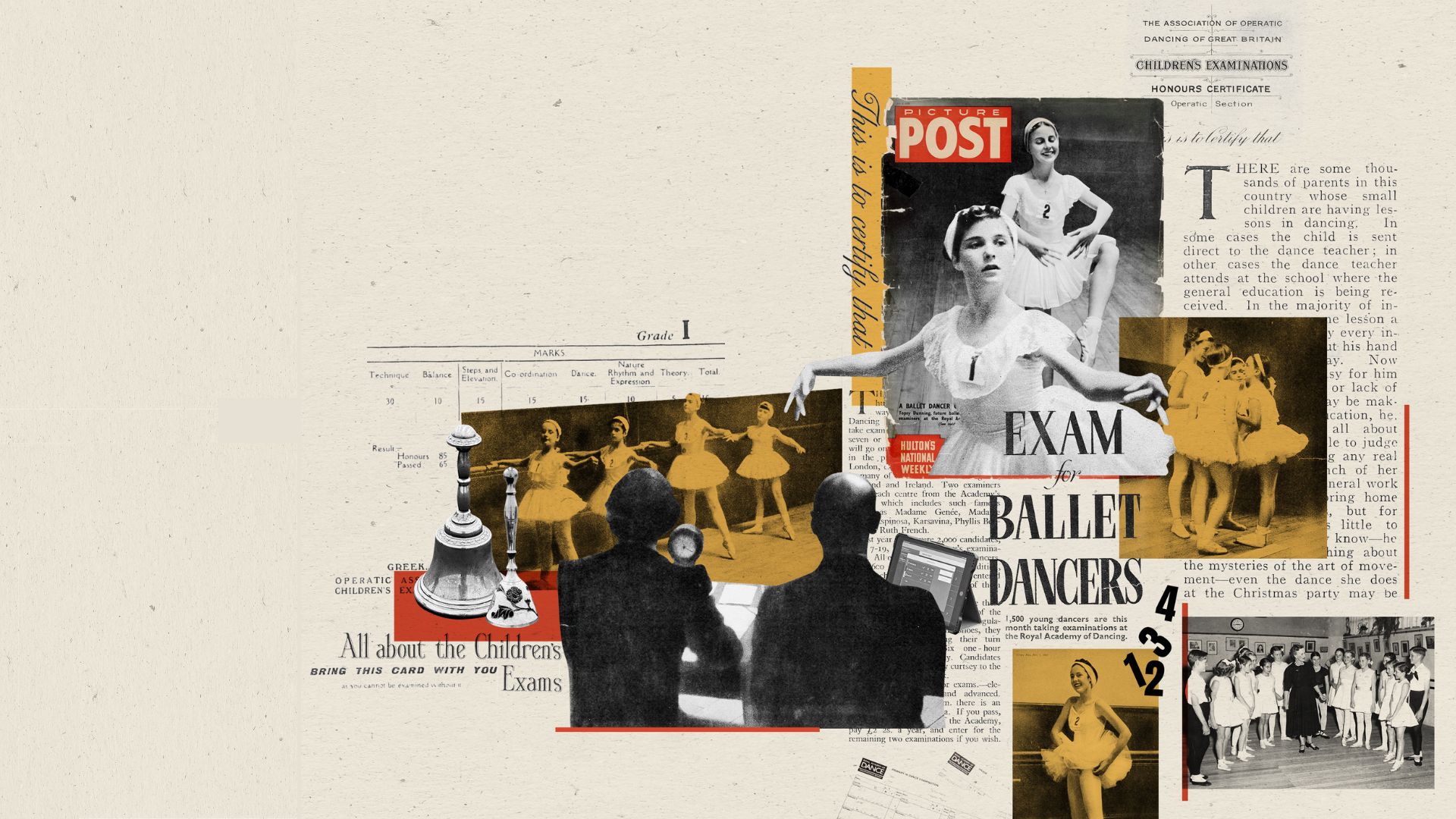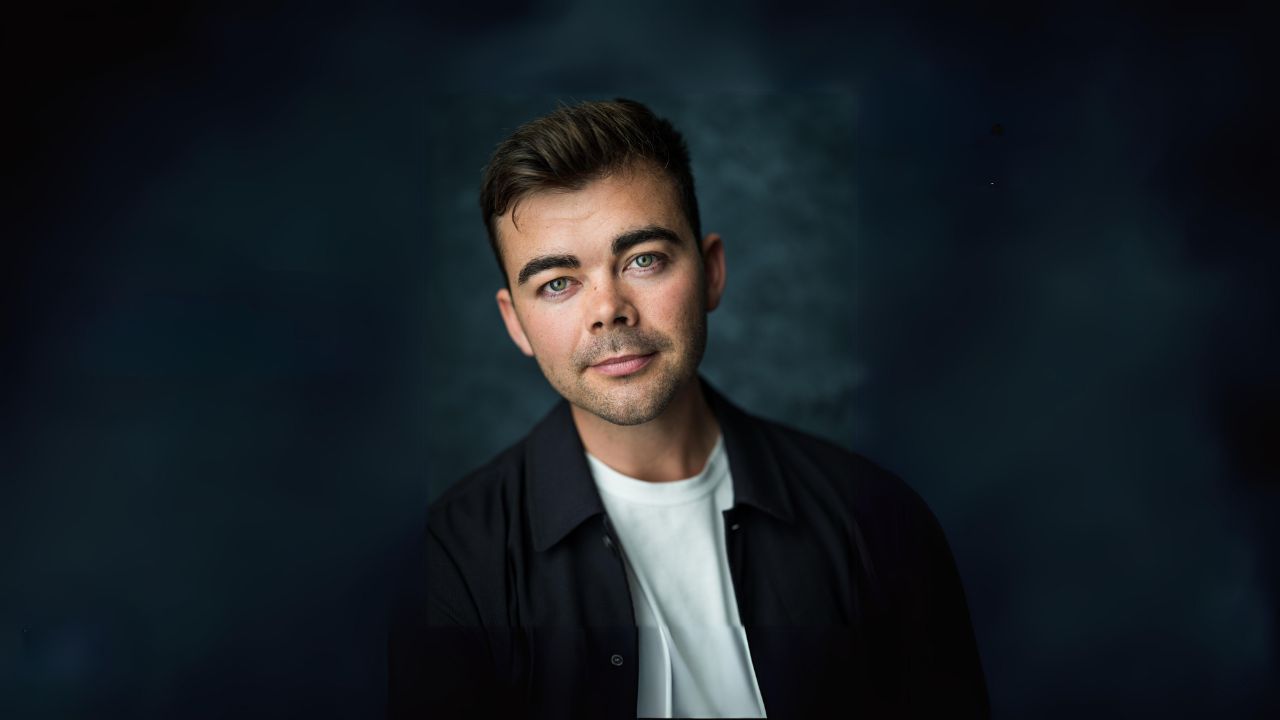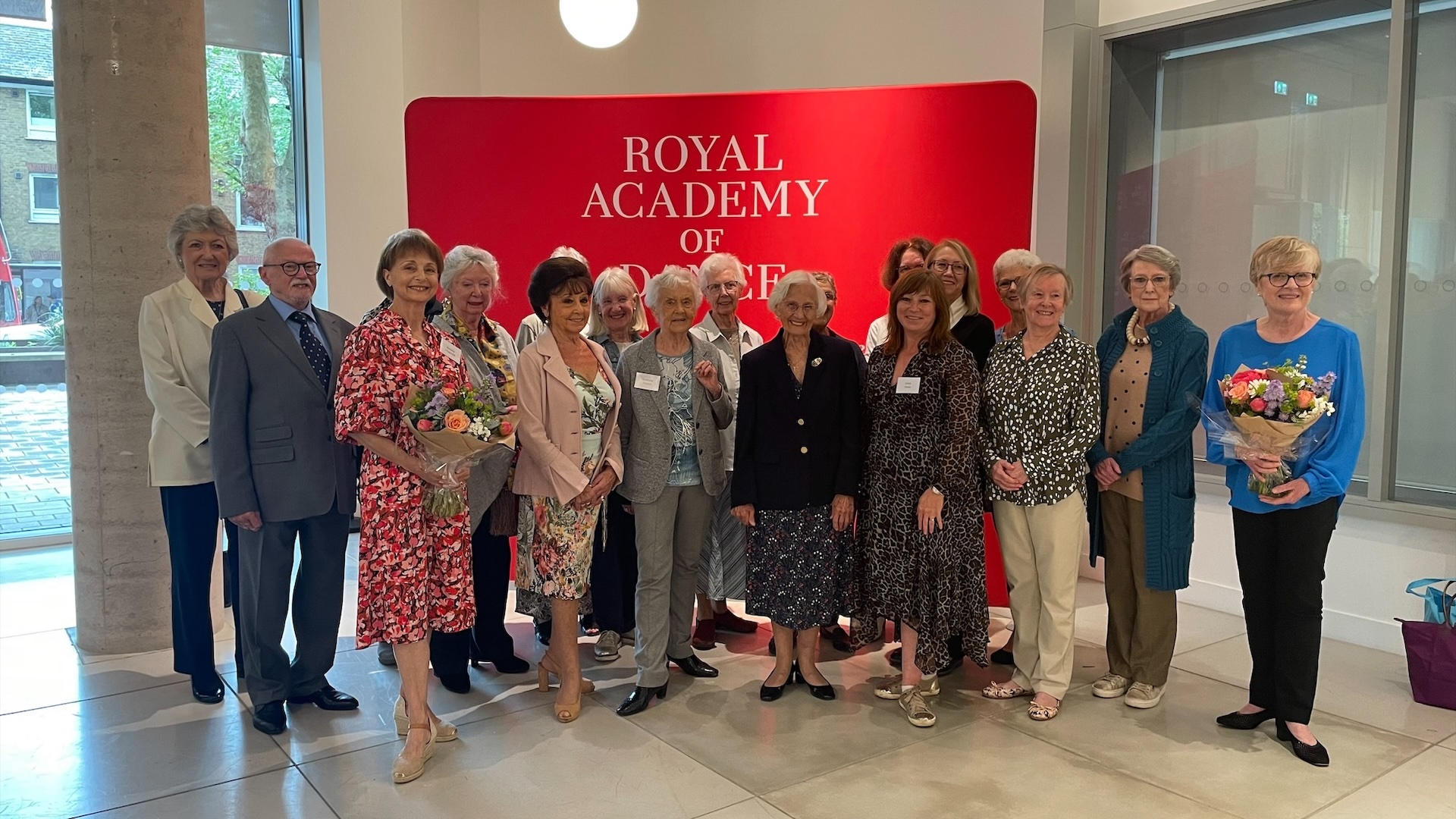It is only Day Two of Alexander Campbell’s new role, but the RAD’s new Artistic Director is very much in the building. For our Dance Gazette photoshoot, he moves through the RAD’s London home from studio to office and main reception area, greeting enthusiastic new colleagues as he goes. Just weeks ago, the Australian dancer was leading shows with the Royal Ballet – now comes his first desk job, shaping the artistic policy of a global organisation. Campbell appears undaunted.
The word opportunity bounces through our chat – about the moments that defined his stage career, his transition into a strategic role, his sense of the RAD’s future. ‘I know that I’ve got things to learn. It’s a unique role and ever changing. But I’m not nervous – I’m excited.’
Poised, suited and booted, Campbell, 37, proves friendly but decisive. Photographer Rich Lakos, a fellow Aussie expat, wants to catch him in motion: he moves with elegant economy and a Gene Kelly-like ease. Later, he unhesitatingly narrows down his preferred photos. Here’s a man who knows his own mind.
Barely a fortnight earlier, Campbell said farewell to the Royal Ballet, as Des Grieux in Kenneth MacMillan’s Manon. He hadn’t planned to retire this year: ‘the RAD opportunity came up quicker than I expected,’ he says, ‘it’s not like I had a whole season to prepare. A familiar ballet like Manon, with a partner like Francesca [Hayward], meant we could almost pretend it was just another show. Frankie said I was in denial.’
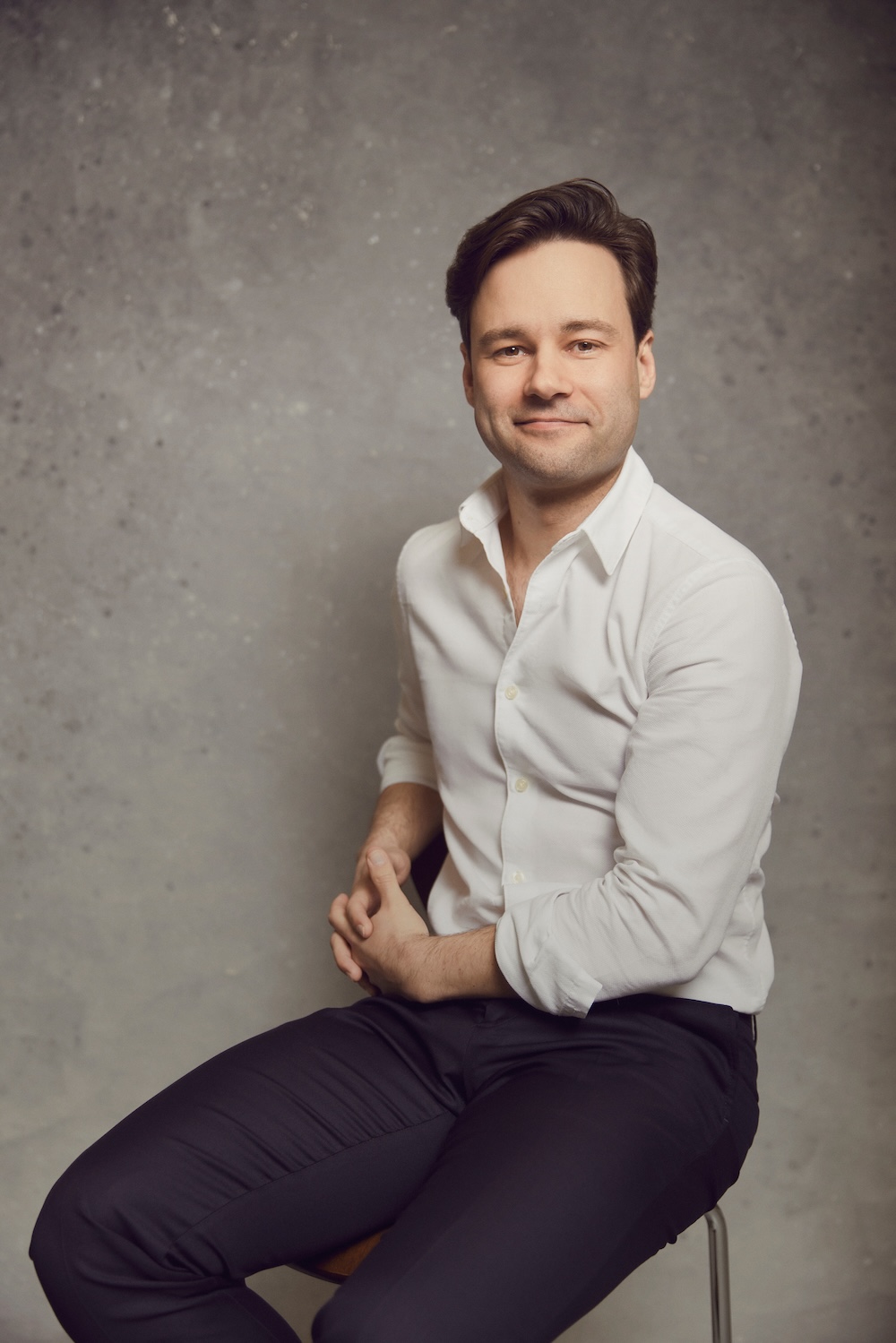
‘I found my farewell performance really emotional. I was completely overwhelmed’
‘I’d never thought about what a final performance might look or feel like, it wasn’t on my radar at all,’ he adds. ‘I was aware it would be a monumental moment in my personal life, but I wanted to focus on doing a performance I felt happy with.’ At the curtain call, colleagues past and present paraded from the wings. ‘That was overwhelming,’ Campbell admits. ‘The company on stage, and this stream of principal dancers. Lesley Collier, the coach I worked with, came in especially for the occasion. I found it really emotional. I was honestly very touched and completely overwhelmed.’
Campbell grew up in Sydney and was just four or five, he thinks, when he saw a ballet performance at the school where his grandmother taught. ‘Apparently I said, I want to do that.’ It soon became more than just fun. ‘I always took it quite seriously, and I was aware that it was possible to have a dance career – my grandfather was a professional dancer as well. My other great love was cricket, but what appealed to me was that ballet was an unusual thing. Boys, certainly my friends in Sydney, wanted to play cricket for Australia. But not many people said: I want to dance in London or Paris. The unknown was really exciting.’ (Still a cricket fan, he was an ambassador for the RAD’s 2017 partnership with Marylebone Cricket Club.)
The RAD is in Campbell’s blood – his grandmother was an examiner, and he moved through the stages of RAD training. ‘There was always something to work on,’ he recalls. ‘With examinations you’re always developing and learning, with a view to demonstrating it at the end of the year. It gave a nice focal point.’ He came to London at 16, to train at the Royal Ballet School, and in 2003 won a silver medal at the RAD’s Genée International Ballet Competition, held in Birmingham. ‘The competition was a huge part of my career because that was the first time I saw Birmingham Royal Ballet, and the first time that David Bintley, who was then BRB’s director, saw me. He followed my training and offered me a job.’

‘Not many boys said: I want to dance in London or Paris’
First at BRB and then, from 2011, with the Royal Ballet (where he was promoted to Principal in 2016), Campbell danced everything from premieres to princes. Two roles in particular linger. ‘I came to Albrecht in Giselle although it was made clear to me that I wasn’t top of the list, shall we say. I was definitely disappointed, but when I had the opportunity, I felt very ready.’ He came similarly late to Des Grieux in Manon, ‘absolutely desperate to have a crack at those pas de deux,’ but more often cast as the heroine’s unscrupulous brother. ‘Those two roles stand out because they didn’t happen, maybe, in a way I would have liked – the 16 year old [me] was like, you will do that by 21! – but were very satisfying performances and rehearsal processes.’
He often partnered Hayward, including for his farewell show. On Instagram she described her ‘immense gratitude to have shared so many important and rewarding moments of my life with this exceptional dancer.’ Paying tribute to his ‘cool demeanour and witty comments,’ she added, ‘I love that we have never said good luck to each other before a show but have always said thank you afterwards and sincerely meant it. The world of ballet is lucky to have him dedicated to transforming it from the other side of the curtain.’
He was sliding into the next phase of life – he and his wife, Royal Ballet dancer Claire Calvert, have just become parents and own a dance school, Prima Dance, in south-west London. But Campbell wasn’t due to leave the stage. ‘I didn’t have a date in mind, and I’m very grateful that I didn’t have to stop because of injury. But during the last few years, I’ve done some projects that expanded my understanding and appreciation for the work involved, which made me feel ready to step into a role like this. The timing isn’t ever perfect – but this feels pretty close.’

Those side hustles include presenting livestreams of The Fonteyn and World Ballet Day, directing his first films and producing The Limit, a dance version of Sam Steiner’s hit play Lemons Lemons Lemons Lemons Lemons. ‘They taught me that you’re only as good as the team around you,’ he reflects. It buoys him for his new RAD role. ‘I know the calibre and skill set of the people here – you’re not on your own.’
He was on his own for the job interview to succeed Gerard Charles as Artistic Director – an odd situation for someone used to letting his dancing do the talking. But what made Campbell feel the Academy was the place for him? ‘It’s the opportunities to have an impact on how people interact with ballet and dance. The RAD already has a massive scale, which is incredibly exciting. I think we can do more, and influence how people engage with the art form. I’ve been passionate about that as a performer, I’ve always been keen to advocate for why I think ballet and dance are brilliant.’
‘It’s my ambition to be an advocate for dance across society’
LOOK
Alexander Campbell on stage
Now on what Hayward calls the other side of the curtain, he can put all his experience to good use. What, for example, do dancers need from their teachers? ‘The best teachers I’ve come across,’ he considers, ‘are able to adapt to the person or group in front of them, and to communicate in a way that makes sense to them. It’s a great source of frustration for teachers, I know, when they’re giving a correction and it’s not getting through, and then someone else says the same thing and they get it. I did that myself. It’s about getting that connection going – if you’re not able to communicate the idea in a way that makes sense, then it doesn’t land.’
It seems inevitable that the RAD’s offering will include dance beyond classical ballet. ‘Ballet is in constant evolution, and a lot of our members already teach a variety of dance skills or genres,’ Campbell says. ‘We would like to focus on providing people with the best possible introduction to ballet and dance. There shouldn’t be any barrier, you should be able to find an opportunity to pick it up at any stage in your life.’
Big talk, but Campbell’s directorship begins with baby steps and lots of meetings. ‘The RAD when I was training, or when my grandmother was an examiner, is different to what it is today, and it will continue to evolve. I need to spend time getting to know the wonderful people in the organisation. The thing I love is that there’s a lot of loyalty and passion for what the RAD is and should be. I feel excited about the opportunities and passionate about what’s to come.’
Campbell has always been a cheerleader for his art form. ‘I’m keen that we expose as many people to the art form as possible,’ he enthuses. ‘It’s always an ambition of mine to be an advocate for that across society. This role is an opportunity to do that 100,000 times more. Why wouldn’t you want to have a go at that?’
Rich Lakos is an arts and entertainment photographer.












